One of the most popular New Year’s Resolutions is to lose weight. Every year there are hopes from people around the world to lose weight and to live a healthier lifestyle.
Truth be told, losing weight is not as easy as one may think. There are a lot of different views and misconceptions from companies trying to sway a potential customer. This is especially shown in weight loss programs. There are different types of weight loss programs and diet plans that someone can follow. The question is, which one is the best for you?
WW (Formerly Known As Weight Watchers)
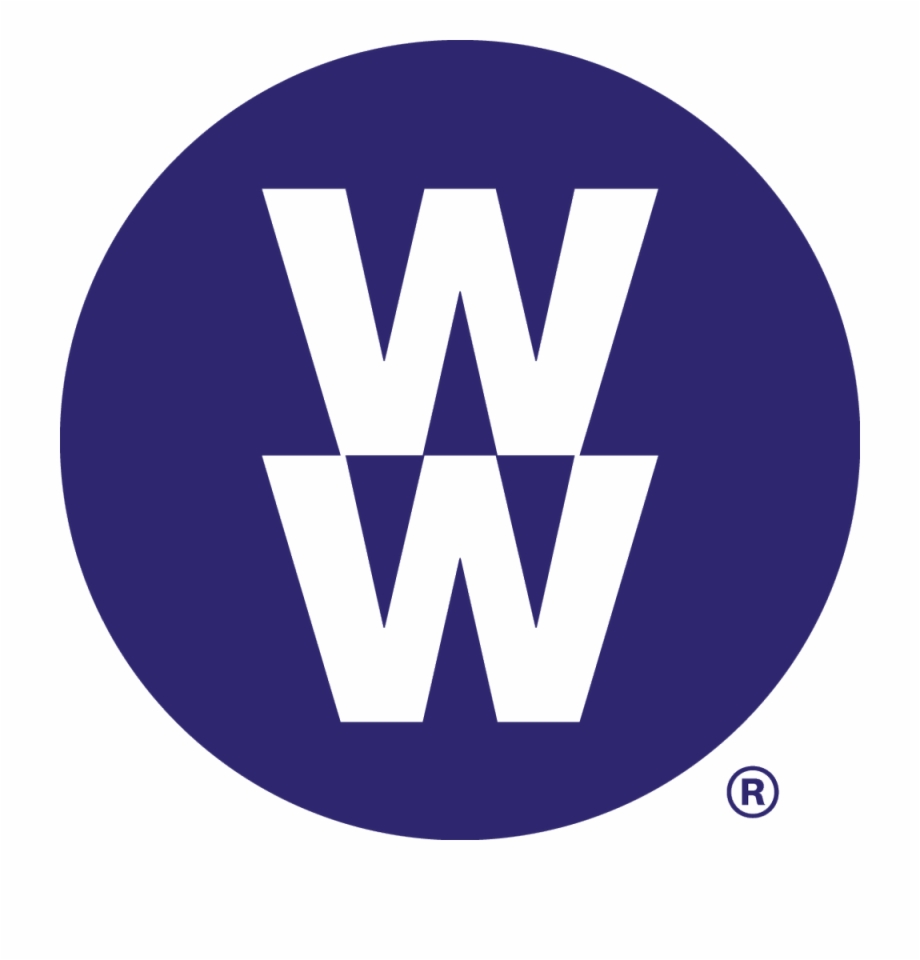
WW has been around for decades and is one of the most popular names in the weight loss industry. WW offers weight loss programs for vegans and vegetarians with their vegetarian and plant-based diet plans.
WW offers a few different plans in terms of how much you will spend. They have a digital program that starts at $3.88 a week. Digital 360 that starts at $4.61 a week, and unlimited workshops + Digital starting at $6.92 a week.
One of the pros of this program is that it is very flexible in the foods you eat. It also offers group meetings and weigh-ins that help keep you on track.
One of the cons of this program is that it goes by a points system. The point system keeps track of what you eat but by the number of calories you eat, not the actual food. This makes it easy for customers to cheat their way through their weight loss journey.
WW is one of the more popular brands in terms of weight loss programs. This might make it easier for people to join and get started on their journey. The cheap price point might be another reason to get people involved. If you want to follow a healthy lifestyle with not that much restriction on the foods you eat, WW is the program for you.

Noom
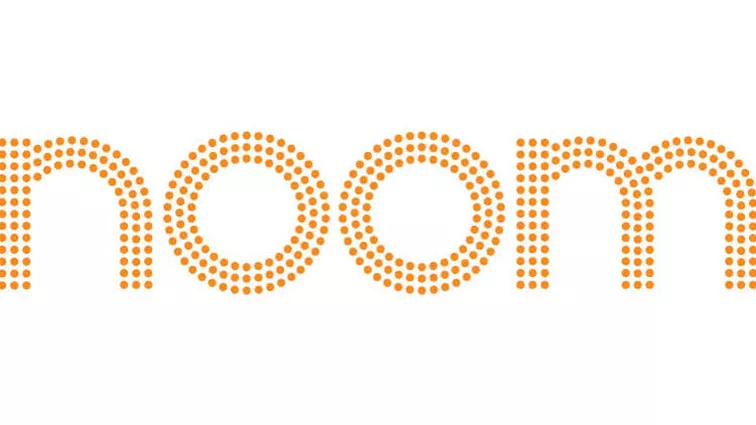
Noom is one of the newer weight loss programs that calls themselves “Weight Watchers for millennials”. The app-based program uses a spotlight approach, assigning colors (red, yellow, and green) to foods based on their nutritional value. The noom app tracks your food, physical activity, and helps you lose weight with no restrictive dieting.
Noom offers different diet plans such as a low-carb diet, low-fat diet, Mediterranean diet, and flexitarian diet.
The cost of Noom varies for how long you are with them. It starts at $59 a month, then $99 for two months, and finally $129 for 4 months. You can start your Noom subscription with a 14-day free trial.
A pro for this app is that it is an app. People who thrive off social media can find this app easy to navigate.
A con for this app is that it tends to give low-calorie recommendations. This could become troublesome for people with disordered eating. Another con is that this app would not be beneficial for people who do not use their phone as much or do not want the extra screen time.
Noom uses a different approach to weight loss. The social media feel to the app gives younger people something familiar. While this is the case, the high price point of the app might not best for everyone.
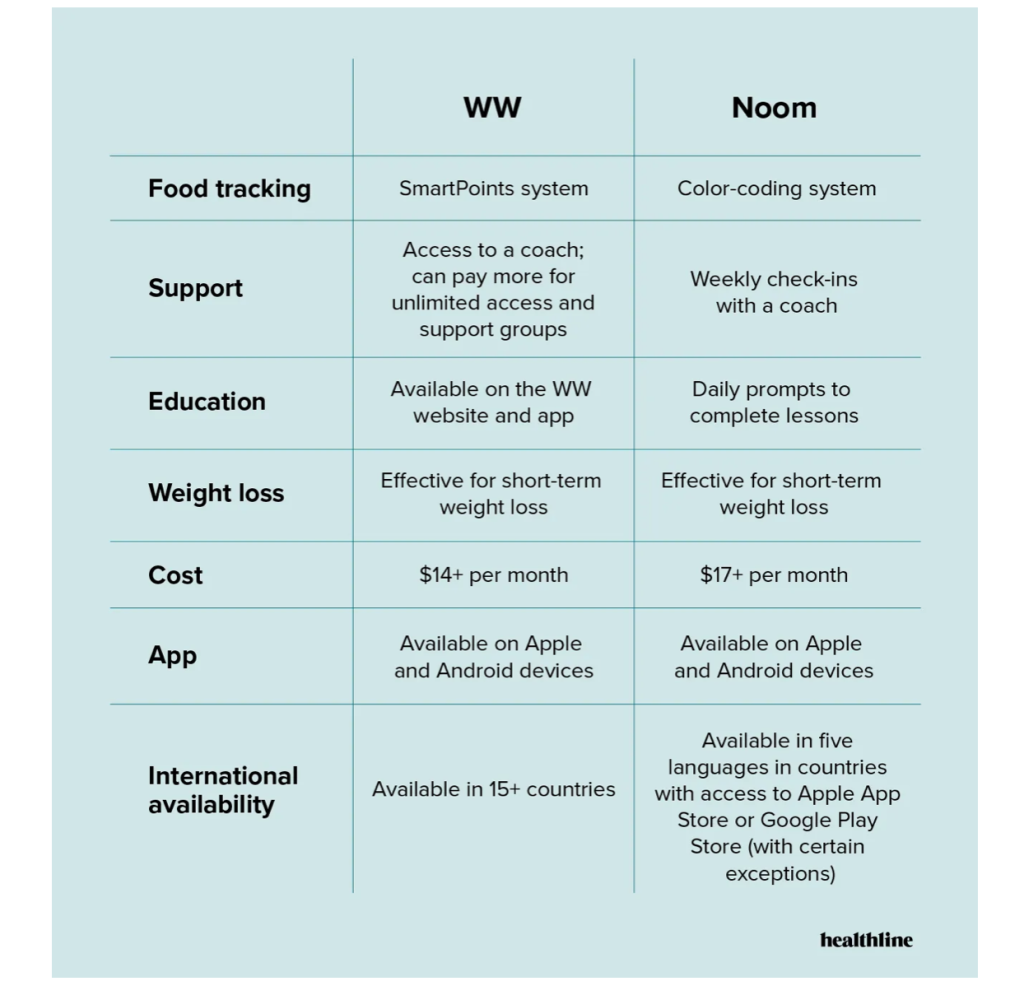
Nutrisystem
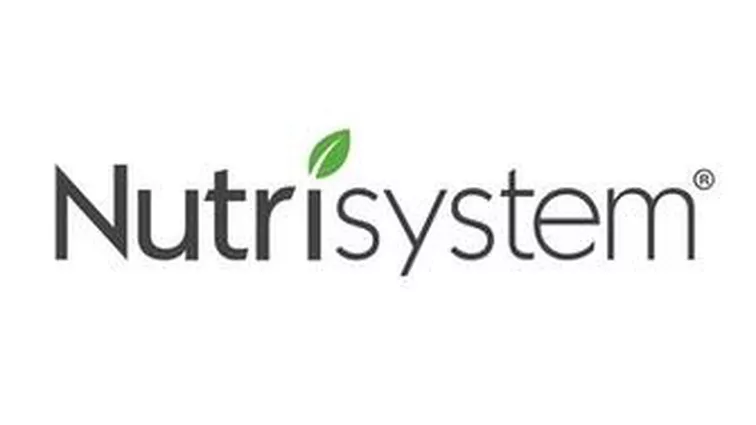
Nutrisystem is another popular weight loss program that has been around for some time now. The appeal to Nutrisystem is that they make meals for you to eat. No more trying to find which food is best for you and trying to figure out what you’re going to cook for dinner. Nutrisystem does the hard work for you.
Nutrisystem starts at $300 a month for their pre-made food.
The pro for this program is the fact that you get pre-made meals delivered to your door to help with your journey.
A con for this program is that once you are done eating the meals or stop using the program, Nutrisystem doesn’t offer any ideas or tips to keep the weight off. It is not sustainable long-term.
If you are someone who is busy at work and does not have time to prep your meals or go grocery shopping, Nutrisystem might be a good fit for you.
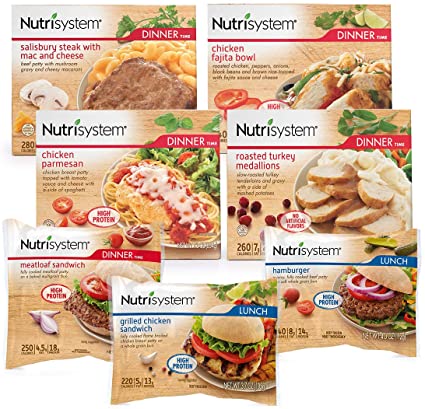
Jenny Craig
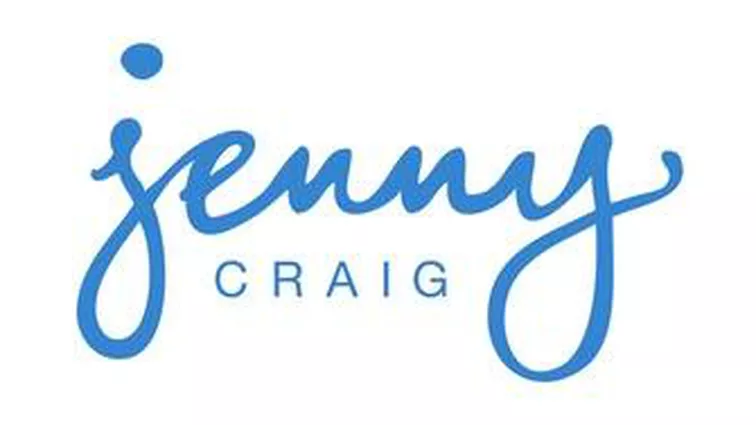
Jenny Craig is another done-for-you weight loss program. It embodies many of the same characteristics as Optavia and Nutrisystem, but it’s even more expensive.
Jenny Craig is the least affordable plan on this list. The lowest plan starts at around $390 per month, and that only provides two meals per day. If you want the Complete Weight Loss Plan, which includes a meal plan with all daily meals and snacks, along with coaching, it would cost close to $690 per month.
Jenny Craig’s idea of having meals prepped and delivered to you is their selling point. They also do a good job is helping the customer visualize different portion sizes depending on their weight goals.
Like the other plans that ship food to your door, Jenny Craig doesn’t do much in terms of education. This weight loss plan will likely leave you without the information you need to continue losing weight or maintain your weight when you stop eating Jenny Craig meals.
Jenny Craig might be the best option for you if value convenience over cost.
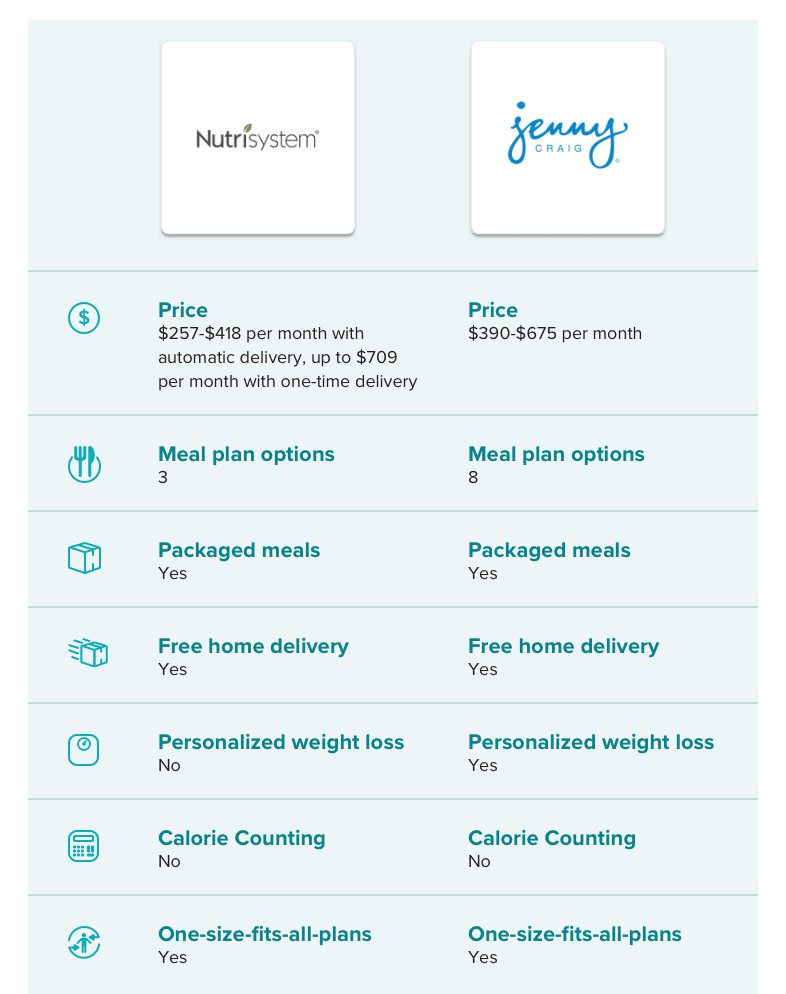
Optavia
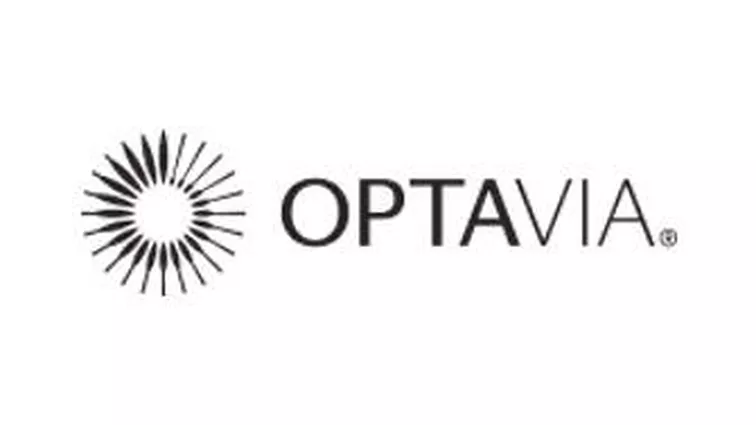
Optavia offers several different (but very similar) weight loss plans that rely on shakes, bars, and other Optavia-branded packaged foods to produce results. It’s easy to follow but might not give you lasting results. Optavia is similar to Nutrisystem as it is a program that offers pre-made food.
It is about $400 per month on an Optavia weight loss plan, plus the cost of purchasing any fresh produce or lean protein you want in addition to the pre-made meals and snacks.
Certain Optavia plans have one-on-one coaching available. In addition to their coach, Optavia clients also get access to a nutrition support team that includes registered dietitians, behavioral health specialists, and more. The main advantage of this weight loss program is that Optavia is convenient and easy to follow.
Optavia plans seem to be pretty restrictive, ranging from just 800 to 1,200 calories that mainly come from Optavia-brand processed foods. You can certainly lose weight on an Optavia plan, but you may gain it back when you stop using Optavia. Optavia plans also encourage you to consume many of your calories through Optavia “Fueling’s,” which includes bars, shakes, cookies, puddings, cereals, and soups. Relying on these foods for weight loss won’t exactly set you up with healthy habits to employ later on.
Optavia might be a good fit for you if: You can afford the cost of the program and you’re confident in your ability to maintain weight loss after you stop using Optavia.
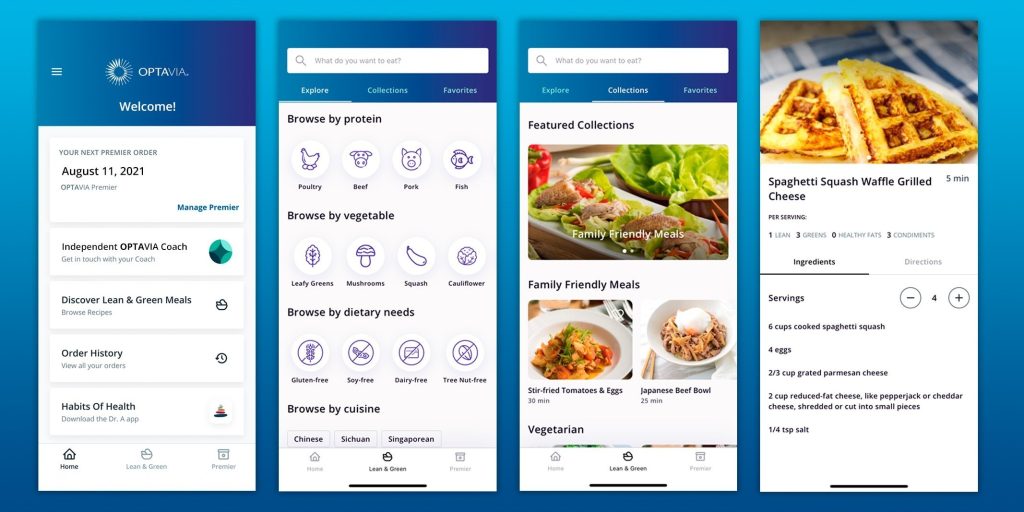
This video goes over the research behind these weight loss programs and which ones are most beneficial to your weight loss journey.